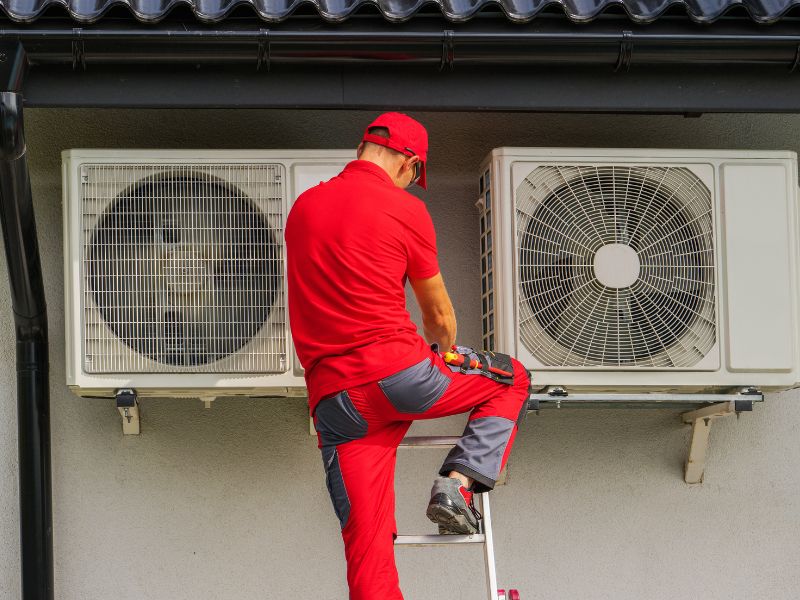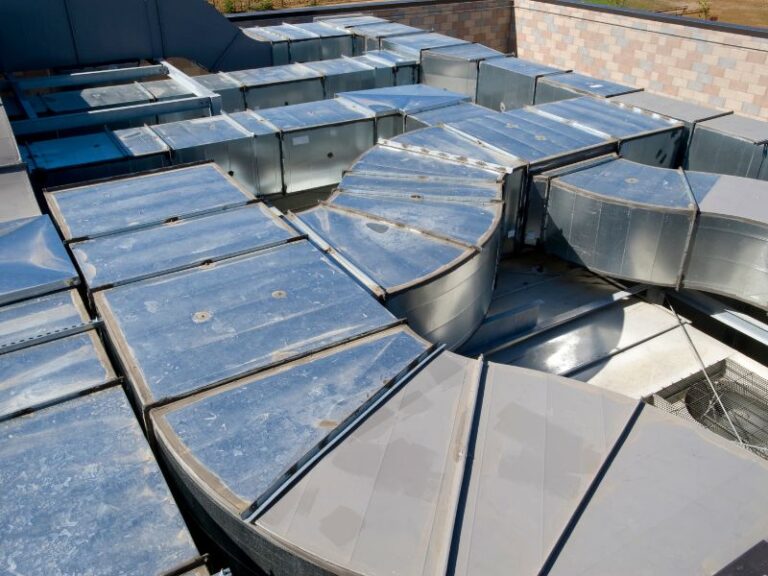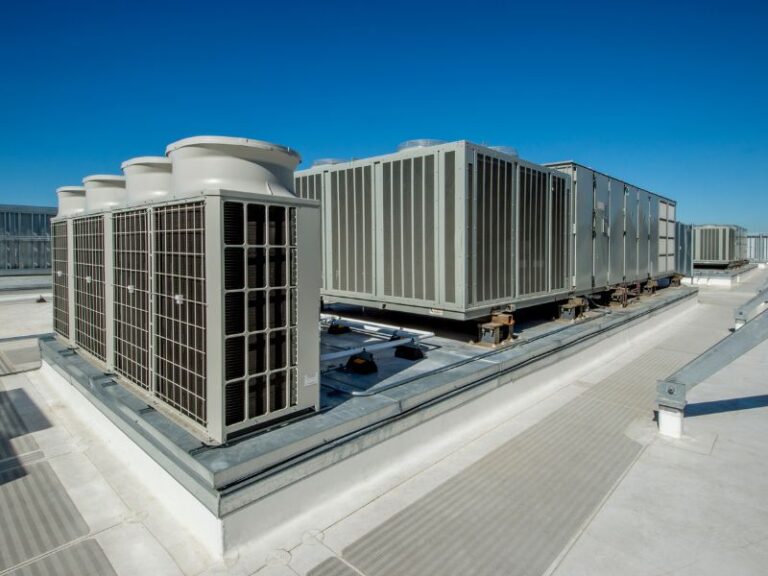Common HVAC Terminology Explained: A Beginner’s Guide
If you’re new to the world of HVAC (Heating, Ventilation, and Air Conditioning), the range of technical terms and industry jargon can be overwhelming. Understanding key HVAC terminology is essential for making informed decisions when designing, installing, or maintaining an HVAC system, whether for a home or a commercial space.
In this comprehensive guide, we’ll break down some of the most common HVAC terminology, providing simple explanations to help you navigate the industry. By the end of this article, you’ll have a solid understanding of the essential terms you need to know.
1. HVAC (Heating, Ventilation, and Air Conditioning)
HVAC refers to the technology used to manage the heating, ventilation, and air conditioning within a building. This system is responsible for ensuring comfort by regulating temperature, humidity, and air quality.
- Heating: Involves systems that raise the temperature inside a building.
- Ventilation: Ensures the flow of fresh air and removes stale air from the building.
- Air Conditioning: Keeps the indoor temperature cool and regulates humidity levels.
2. BTU (British Thermal Unit)
A BTU is a unit of measurement used to quantify the amount of heat required to raise the temperature of one pound of water by one degree Fahrenheit. In HVAC, BTUs are used to measure the power of heating and cooling systems.
- Example: A 5,000 BTU air conditioner will remove 5,000 pounds of heat from a room per hour.
3. SEER (Seasonal Energy Efficiency Ratio)
SEER measures the efficiency of air conditioning and heat pump systems. It is calculated by dividing the total cooling output (in BTUs) by the total electricity consumed (in watt-hours) over a cooling season. The higher the SEER rating, the more energy-efficient the system is.
- Why It Matters: Systems with a higher SEER rating consume less energy and reduce cooling costs.
4. AFUE (Annual Fuel Utilization Efficiency)
AFUE is a measure of how efficiently a heating system converts fuel (like natural gas or oil) into heat. It’s expressed as a percentage, with higher values indicating better efficiency.
- Example: An AFUE of 90% means that 90% of the fuel is converted into usable heat, while the remaining 10% is lost.
5. CFM (Cubic Feet per Minute)
CFM refers to the volume of air that is moved by the HVAC system per minute. It is used to measure airflow and helps determine the system’s ability to properly circulate air within a space.
- Why It Matters: The right CFM ensures that the system delivers adequate airflow for optimal comfort and air quality.
6. Ductwork
Ductwork refers to the network of ducts (tubes or channels) that distribute air throughout the building. It connects the HVAC unit to the different rooms or zones within the building. Properly installed and insulated ductwork is essential for efficient airflow and temperature control.
- Why It Matters: Leaky or poorly designed ducts can cause airflow issues, energy loss, and uneven heating or cooling.
7. Thermostat
A thermostat is a device used to regulate the temperature of a building by controlling the HVAC system. Modern smart thermostats allow users to control the temperature remotely via smartphone apps and can learn the user’s schedule for more efficient heating and cooling.
- Why It Matters: The thermostat plays a crucial role in maintaining a comfortable indoor temperature and optimizing HVAC efficiency.
8. EER (Energy Efficiency Ratio)
EER is a measure of an HVAC system’s efficiency when it’s operating at a specific outdoor temperature (usually 95°F). It’s calculated by dividing the system’s cooling output (in BTUs) by the power consumed (in watts). While SEER measures overall efficiency across a season, EER measures performance under specific conditions.
- Why It Matters: Higher EER ratings indicate better energy efficiency, leading to lower energy bills.
9. Heat Pump
A heat pump is an HVAC unit that can both heat and cool a building by transferring heat from one place to another. During the winter, it extracts heat from the outside air and moves it inside, while in the summer, it removes heat from the indoors and expels it outside.
- Why It Matters: Heat pumps are energy-efficient, as they don’t generate heat but move it, making them suitable for moderate climates.
10. Dehumidifier
A dehumidifier is a device that reduces the level of humidity in the air, making the environment more comfortable and helping to prevent mold growth. It’s especially useful in areas with high humidity levels, such as basements and bathrooms.
- Why It Matters: Dehumidifiers help improve indoor air quality and prevent the growth of mold, bacteria, and dust mites.
11. Zoning System
A zoning system divides a building into separate areas or zones, each of which can be heated or cooled independently. This allows for more efficient energy use, as different areas of the building can be adjusted according to their specific needs (e.g., keeping bedrooms cooler while leaving living rooms warmer).
- Why It Matters: Zoning systems reduce energy waste by avoiding the heating or cooling of areas that are not in use, improving comfort and energy efficiency.
12. Refrigerant
Refrigerant is a fluid used in air conditioning and refrigeration systems to absorb and release heat. It circulates within the system, carrying heat from inside the building to the outside in a cooling cycle. Modern refrigerants are designed to have lower environmental impact compared to older substances, such as R-22.
- Why It Matters: Refrigerants play a vital role in the cooling cycle, and choosing the right one can improve efficiency and reduce environmental impact.
13. MERV (Minimum Efficiency Reporting Value)
MERV is a rating used to measure the effectiveness of an air filter in trapping airborne particles, such as dust, pollen, and pet dander. MERV ratings range from 1 to 20, with higher numbers indicating better filtration.
- Why It Matters: Choosing the right MERV-rated filter ensures better indoor air quality and reduces strain on the HVAC system by preventing particles from entering the equipment.
14. Ductless HVAC Systems (Mini-Split Systems)
A ductless HVAC system, often referred to as a mini-split, provides heating and cooling to individual rooms or zones without the need for ducts. It consists of an outdoor compressor and one or more indoor air-handling units that are mounted on the wall.
- Why It Matters: Ductless systems are ideal for spaces where traditional ductwork isn’t feasible, providing flexibility and energy efficiency.
15. Variable Speed Fan
A variable speed fan adjusts its speed to meet the demands of the HVAC system. Unlike traditional fans that operate at a single speed, variable-speed fans offer better control over airflow, leading to more consistent temperatures and lower energy use.
- Why It Matters: Variable-speed fans increase HVAC efficiency, improve comfort, and reduce energy consumption.
Conclusion
Whether you’re an HVAC professional, a homeowner, or simply interested in improving your understanding of HVAC systems, knowing these key terms will help you make better decisions when it comes to system selection, maintenance, and upgrades. HVAC terminology can seem complex at first, but with a clear understanding of these foundational concepts, you’ll be able to make informed choices that will improve the comfort, efficiency, and longevity of your HVAC system.
By integrating the right technologies, such as smart thermostats, high-efficiency filters, and ductless systems, and ensuring that your system is correctly sized, you can improve both comfort and energy efficiency in your space. Remember, regular maintenance and upgrades are crucial to ensuring that your HVAC system continues to function efficiently for years to come.



